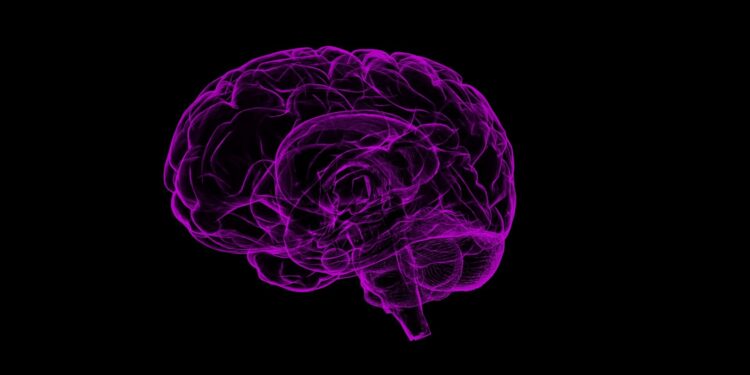Credit: Public domain CC0
Changes in brain connectivity before and after puberty can explain why some children with rare genetic disorder have a higher risk of developing autism or schizophrenia, according to a study of UCLA health.
Psychiatric development disorders such as autism and schizophrenia are associated with changes in functional brain connectivity. However, the complexity of these conditions makes it difficult to understand the underlying biological causes. By studying genetically defined brain disorders, UCLA Health researchers and collaborators highlighted the possible mechanisms.
The study of the UCLA examined a particular genetic condition called chromosome 22q11.2 Deletion syndrome – driven by DNA missing on chromosome 22 – which is associated with a higher risk of developing neuropsychiatric conditions such as autism and schizophrenia. But the underlying biological basis of this association was not well understood.
In the study published in the journal Scientific advancesResearchers used functional brain imaging in mice and humans to study potential mechanisms stimulating the link between genetic mutation and the development of neuropsychiatric conditions.
Functional brain imagery has shown that brain regions in humans and genetically modified mice have been hyperconnected before puberty before switching to subconnection after puberty, especially in brain regions linked to social skills and autism.
Co-ennior author Carrie Bearden, professor at UCLA Health Semel Institute and the UCLA brain research institute, said that synapse changes seem to explain the sudden change in connectivity and associated effects on social behavior.
“The differences in functional connectivity observed on MRI are commonly found in psychiatric disorders, but we do not have a good understanding of reason. It was really useful to study this phenomenon between species,” said Bearden.
Using mice that have been genetically modified to imitate the 22Q11.2 deletion syndrome, Bekeden and its colleagues from the Italian Institute of Technology found that younger mice had a greater density of dendritic thorns – the difficult protuitions on the brain cells used to communicate with other neurons via unions – due to the children (normal).
Once the mice have reached the equivalent of puberty, the number of dendritic thorns has decreased sharply compared to wild -type mice.
The GSK3-Beta protein, which is involved in the regulation of synapses, can play a role in changes in connectivity. Bearden and his collaborators used a drug to inhibit GSK3-Beta, who worked to temporarily restore brain activity and dendritic spine density in mice, possibly regulating the elimination of dendritic thorns.
The brain imaging of humans with the condition also found that the brain regions affected by changes in connectivity had enriched genes linked to the GSK3-Bêta. In addition, cerebral connectivity changes were linked to social behavior in humans, which suggests that the modified wiring contributes to autism.
These results, said Bearden, suggest that synaptic dysfunction causes changes in brain activity and could be a target to prevent or reduce the symptoms caused by deletion syndrome of chromosome 22q11.2.
“These results strongly suggest that the over-absorption of synapses during development can contribute to the behavioral challenges we see,” said Bearden.
More information:
Filomena Grazia Alvino et al, DysConnectivity of Development depending on synaptics in deletion syndrome 22q11.2, Scientific advances (2025). DOI: 10.1126 / SCIADV.ADQ2807
Supplied by the University of California, Los Angeles
Quote: Puberty triggers the recreation of the brain in the genetic state linked to autism, suggests the study of the mouse (2025, April 11) recovered on April 11, 2025 from
This document is subject to copyright. In addition to any fair program for private or research purposes, no part can be reproduced without written authorization. The content is provided only for information purposes.



